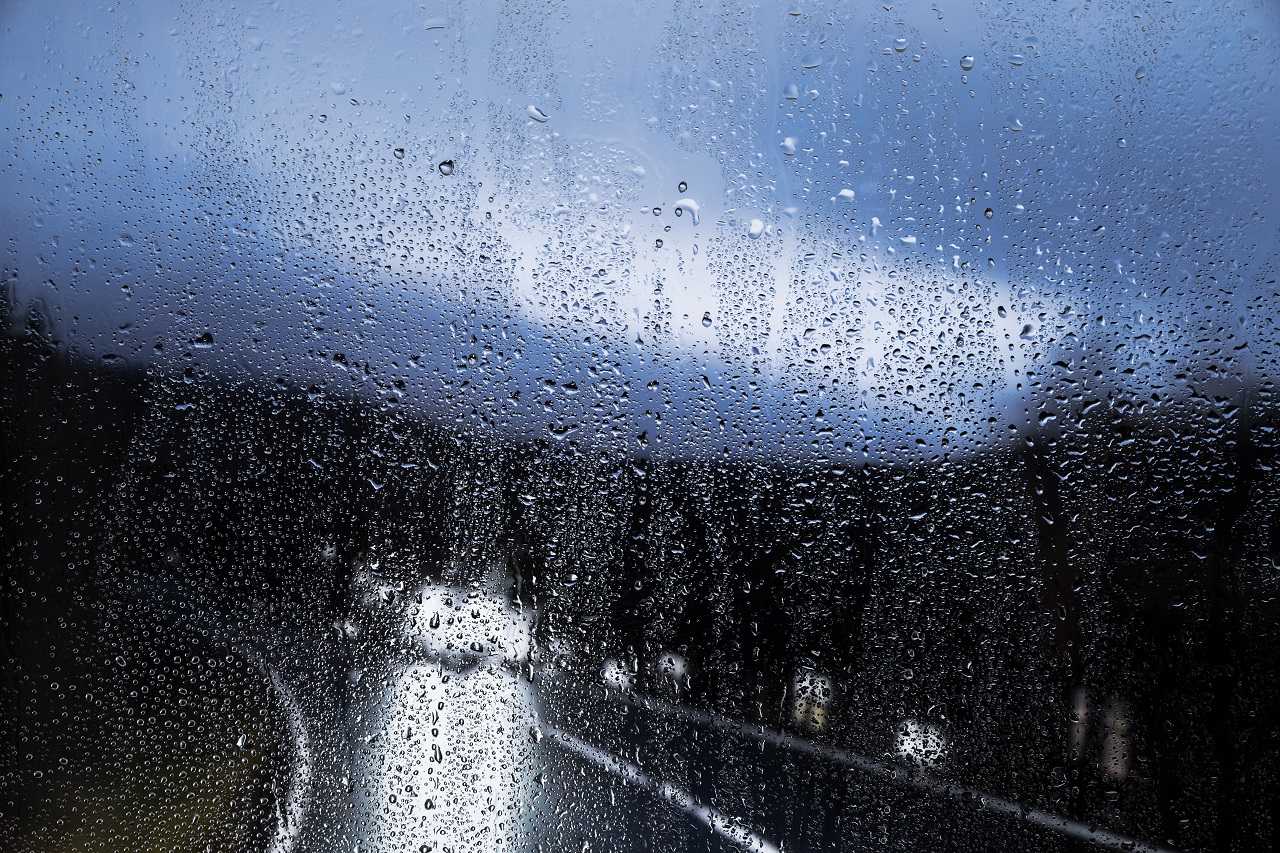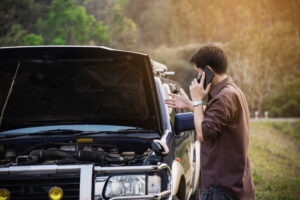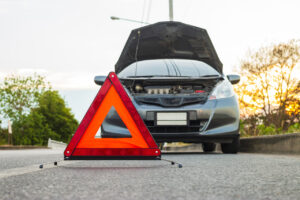With the humidity and the above-average rainfall, driving in and around Cary, North Carolina means dealing with unexpected heavy downpours from time-to-time. While it produces some awe-inspiring thunderheads and lightening displays, it can also produce standing water on the highways.
With high speeds and standing water, a vehicles tire can lose contact with the roads, and with it – loss of the control of your car. Instead of your tires gripping the surface of the road, the tires begin to spin out on top of the water itself. Believe it or not, but it can happen even in mild road conditions.
Also called “Hydroplaning” this driving condition can be a downright scary experience.
The good news is: it can be avoided with some sound driving tips and advice…
1. Drive Slower
While it might sound simple and like common sense, but driving slower can really help you reduce the chances of hydroplaning while you are driving in wet conditions. In fact, it can be as simple as driving a few miles per hour over the speed limit. Ideally, you want to slow down to around 5 to 10 miles slower than the indicated speed limit. What’s even more important to avoid is quick shifts in your speed.
Whether you are slowing down or speeding up, it can put you at heightened risk of hydroplaning because your tires might lose traction with the road. Instead, you should look to brake and accelerate gradually which can keep you from losing traction and hydroplaning in wet conditions. You also want to avoid making quick lane changes which can also cause your tires to lose grip.
2. Invest In New Tires
While it might cost extra, you want to spend more on a quality set of tires. Not only do you want to avoid driving with ‘bald’ tires lacking grip, but you should look to invest in the highest quality tires that are designed to prevent hydroplaning in the first place.
By getting tires that are designed to maintain proper grip, you should be able to minimize the risk of hydroplaning. This is especially important if you are someone that regularly drives in an area that has a lot of rainfall and wet road conditions.
3. Avoid Using Cruise Control
Speed and reaction time is crucial to avoid hydroplaning and being able to minimize the risk of a crash once you are beginning to lose control over your vehicle in wet conditions. Instead, you want to maintain full control over your vehicle at all times while you are driving in rain or wet conditions because you will be able to react much faster and regain control faster.
4. Avoid Driving Directly Over Puddles
If possible, you want to safely swerve out of the way of deep puddles on the road. If you notice there is a puddle in the middle of the road with enough time to react safely, you should look to avoid it. That way, you can minimize the risk of hydroplaning as your vehicle drives on top of it.
There is a substantial risk that your vehicle will hydroplane if you drive over a deep or even surface-level puddle.
While you can’t altogether avoid a Southern-style downpour, by following the tips above, you should be able to reduce the risk of hydroplaning altogether.




